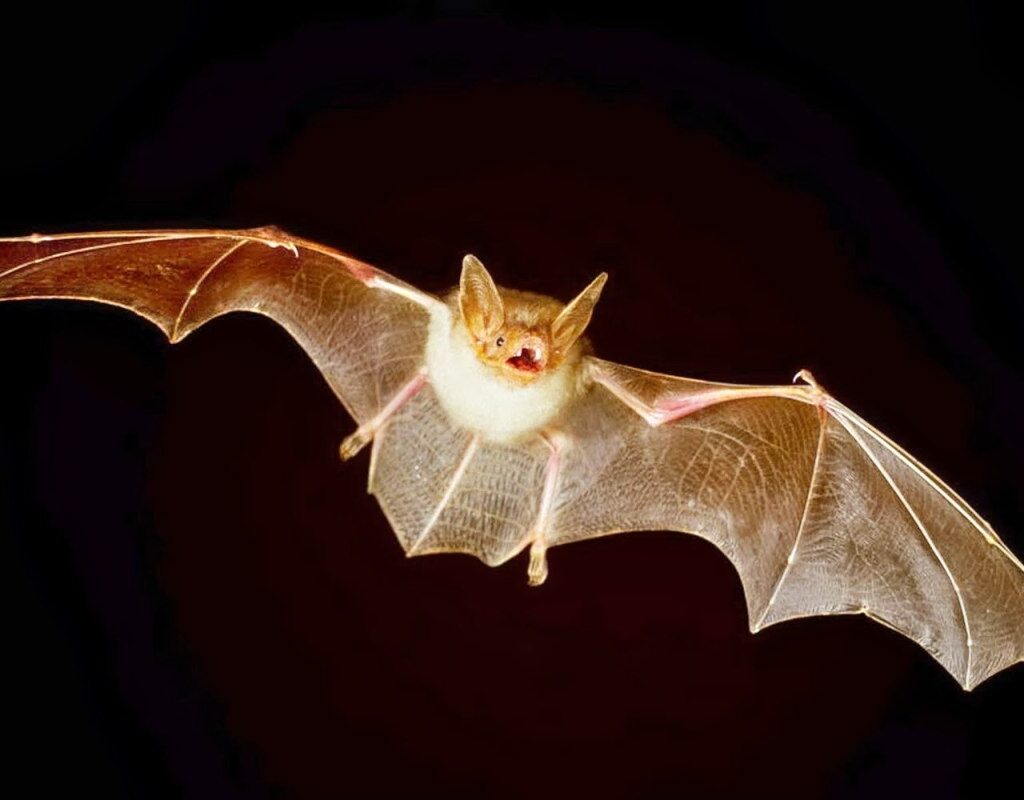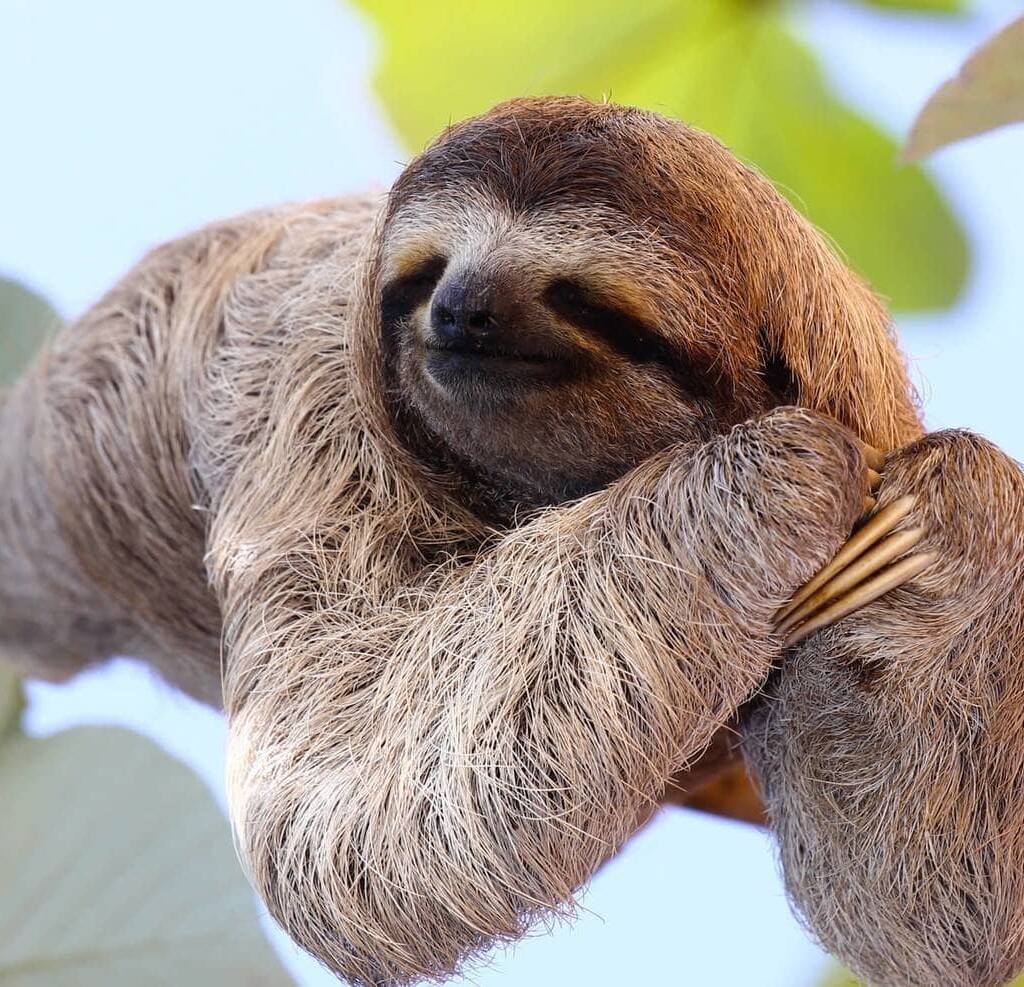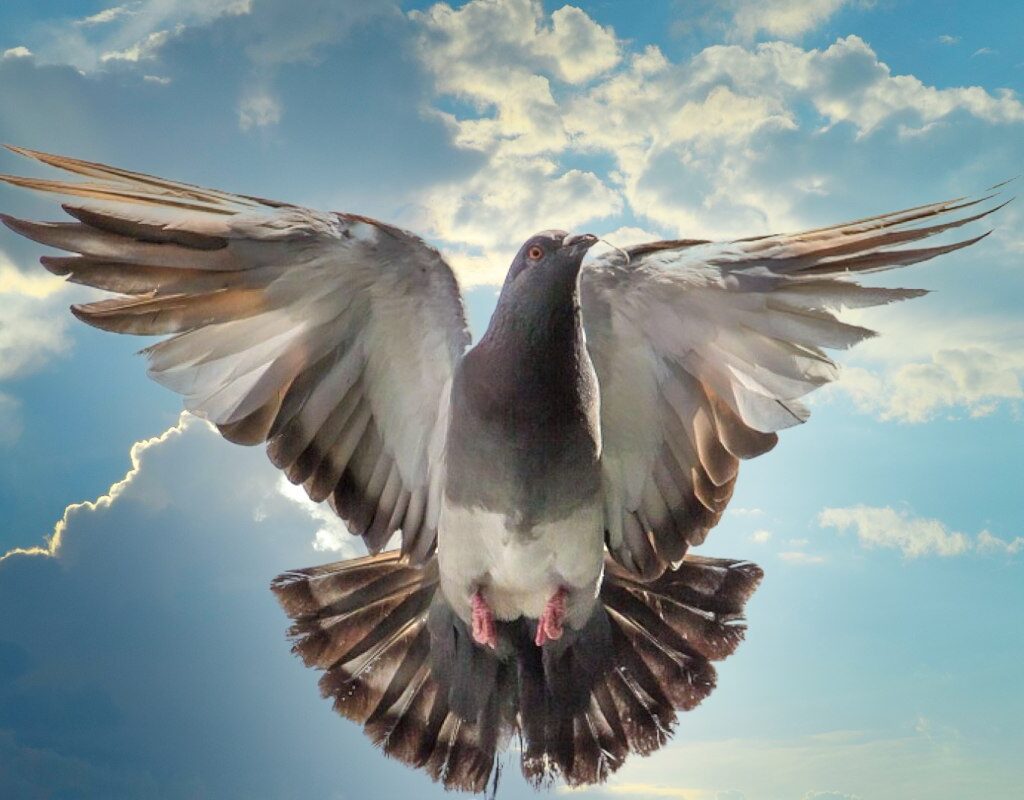The bat, a winged mammal gliding through the nocturnal skies, has long captured humanity’s imagination, oscillating between reverence and trepidation. While often cast in the light of the mysterious, the bat’s true essence is far more multifaceted and compelling.
Bats: Catalysts of Ecological Stability and Vessels of Deep Symbolism
Dispelling a prevalent misconception first: bats aren’t merely creatures of the night devoid of significance. They stand as linchpins in our ecological continuum. Their voracious appetite for insects serves as a natural pest control, safeguarding crops and halting disease transmission.
Furthermore, certain bat species are indispensable pollinators, and others play a crucial role in seed dispersion, fostering forest rejuvenation.
In the annals of Western lore, bats haven’t always enjoyed a sterling reputation. Scriptural texts, such as the Bible, deem bats impure. Literary figures like Dante and Stoker relegated them to shadowy corners, intertwining their tales with the infernal and the vampiric.
Contrastingly, other civilizations narrate a different tale. In China, bats are harbingers of prosperity. This endearing sentiment stems from a linguistic nuance in Chinese, where “bat” and “fortune” share phonetic similarities.
Beyond Shadows: Bats at the Nexus of Symbolic Interpretation and Scientific Inquiry
Spiritual Envoys and Miracles of Evolution
In the spiritual tapestry, bats are embroidered with layers of meaning. They transcend mere associations with obscurity. An encounter with a bat might augur metamorphosis, a shift in perspective, or a nudge towards self-reflection. They stand as emissaries urging us to perceive beyond the manifest.
A daytime bat sighting might illuminate facets of your existence warranting scrutiny. Under the cloak of darkness, they champion the virtue of delving deep and embracing the enigmatic.
From a scientific vantage, bats are marvels of nature. Singular in their claim as the only flying mammals, they epitomize evolutionary marvels. Boasting sophisticated echolocation mechanisms, they traverse the night with precision, making them subjects of intrigue across scientific spectra.
While contemporary culture is replete with bat myths, discerning fact from folklore remains paramount. Notably, a mere three of the 1,300-plus bat species are hematophagous or blood-consuming.
Bat Conservation’s Imperative: Sustenance, Balance, and Reverence
Beyond Legend: Bats as Pivotal Ecosystem Stewards
Worth noting is that, while bats can be vectors for ailments like rabies, judicious precautions render risks negligible. Should you encounter one, refrain from direct contact. If relocation becomes necessary, defer to the expertise of professionals.
Conservation of bats is tantamount to ecological equilibrium. In championing bat preservation, we fortify forests, nurture crops, and bolster our collective well-being.
Challenges like deforestation, disease proliferation, and shifting climates imperil numerous bat species. Our collective stewardship ensures future cohorts can also bask in the wonder of these enigmatic winged beings.
Bats transcend simplistic nocturnal labels. Their ecosystem contributions, profound emblematic significance, and riveting biological facets herald them as beings deserving of veneration and safeguarding. A deeper comprehension of bats amplifies their intrinsic worth and underpins conservation efforts.




